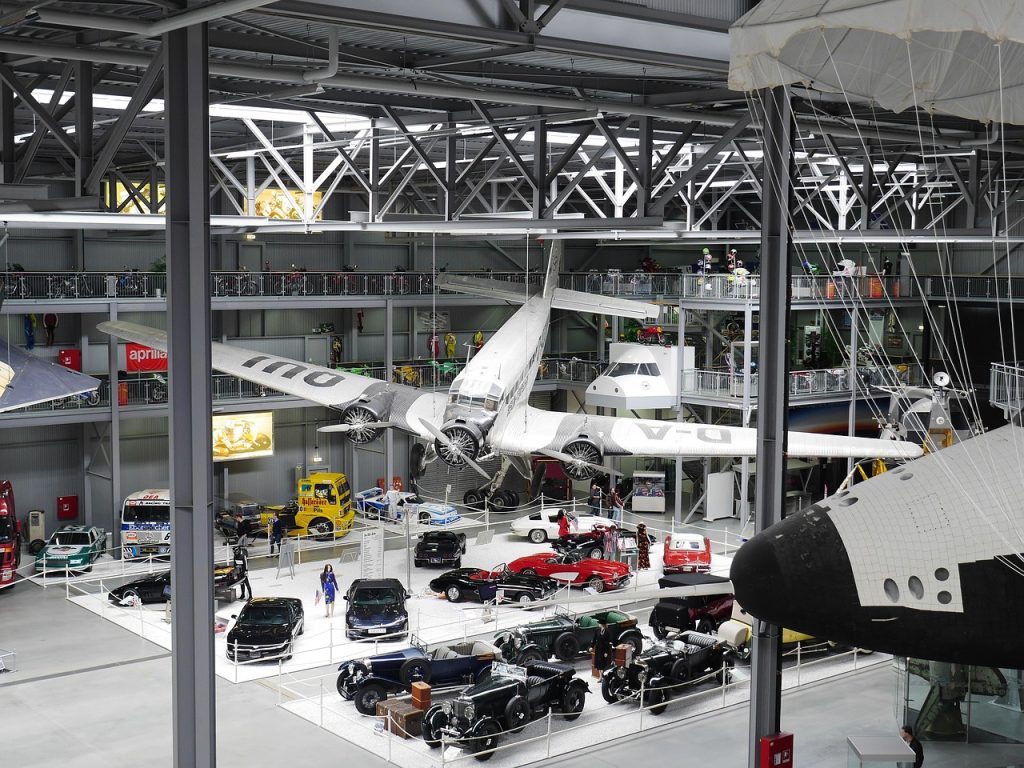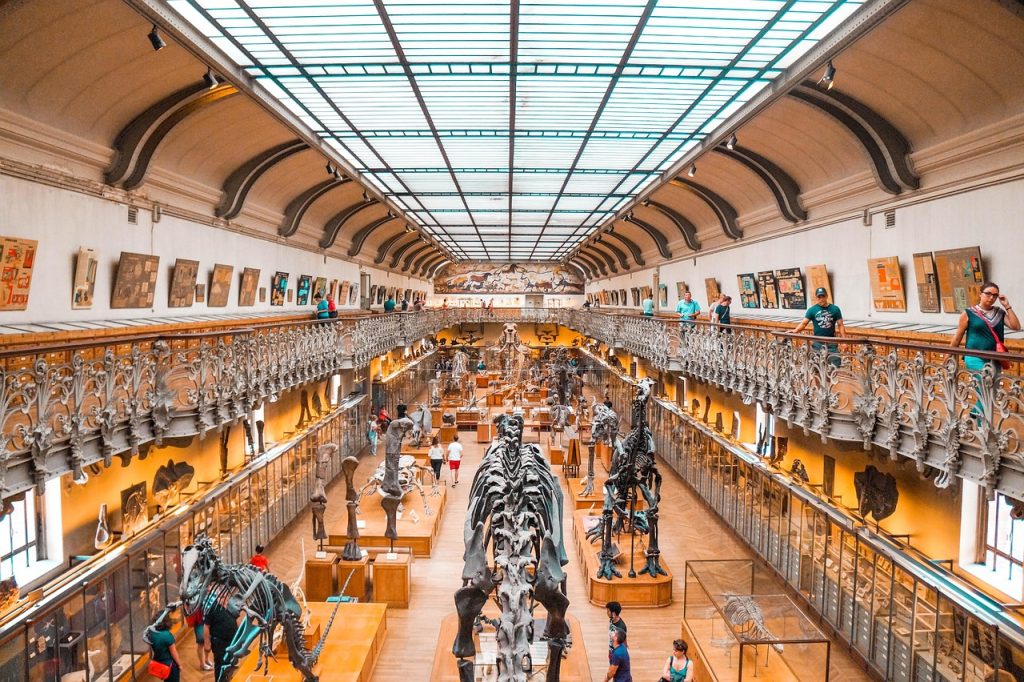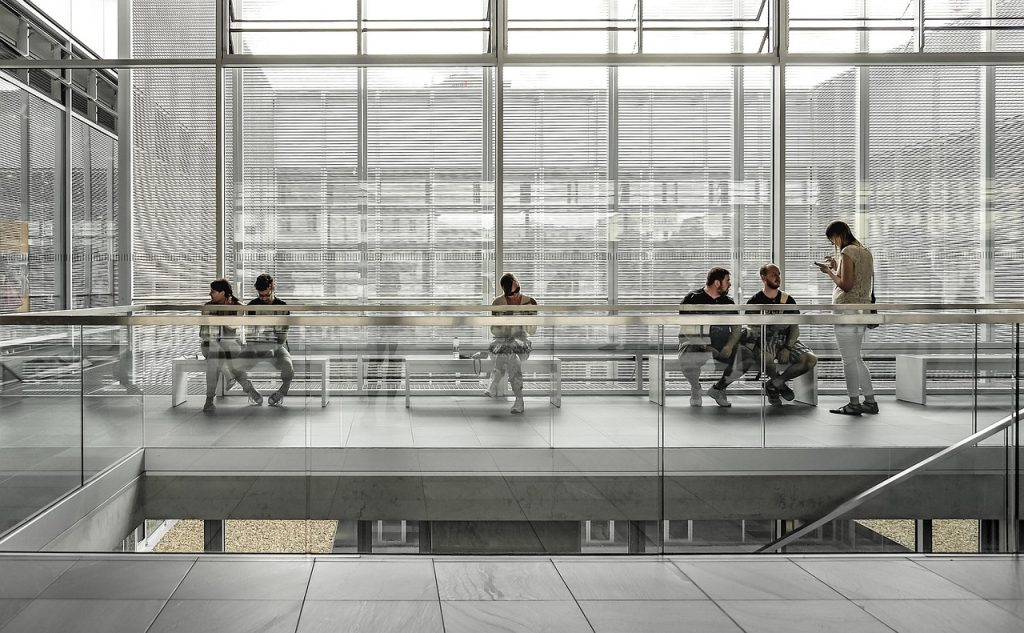Exhibition hall Inteligentní řešení osvětlení
Exhibition hall lighting design
Exhibition lighting plays an important role in highlighting exhibits and enhancing the atmosphere of the space. The lighting design of the exhibition includes three forms of natural lighting, artificial lighting and integrated lighting. However, as far as commercial exhibitions are concerned, because of their short exhibition period and high illumination level requirements, most of them use artificial lighting or natural light and artificial light sources combined with two forms of lighting (except outdoor display).
1.the basic requirements of exhibition lighting design
1.1 Illumination
Different displays require different illuminance values. For example, food, miscellaneous goods, books and flowers need 100-500lx; Dark textiles, jewelry and leather require 200-1000 lx; Art needs 300-500lx; Machines and appliances need 100-200lx.
1.2 Brightness Distribution
In the exhibition, the theme of the exhibition should be the brightest part of the vision. Light sources, lamps do not attract attention, in order to help the audience to focus on the viewing of the exhibits. For exhibits that need to be highlighted, local lighting is often used to enhance its brightness contrast with the surrounding environment.
The distribution of ambient brightness determines the visual adaptation of the audience. Between the exhibition rooms with different levels of illumination, especially in the corridor part of the exhibition room with a disparity in light and shade, there should be a gradual transition of lighting areas, so that the audience will not have a sense of dim when they move from the bright environment to the dark space, reducing the viewing interest.
The background brightness and color of the exhibits should not be overwhelming. The ratio of the brightness of the exhibits to the background is between 1:3 and 3:1. In general, the background should be a dull, colorless (or light, gray) finish.
1.3 Reflection and glare
In the exhibition space, it is very important to avoid the interference of reflection and glare on the audience. In the preliminary planning and organization stage, the position of Windows and lamps and the illumination distribution of the exhibition hall should be carefully considered. First of all, direct glare must be prevented, such as the use of daylight lighting, should strictly block direct sunlight, artificial light lighting lamps must have sufficient shading Angle; The second is to prevent reflective interference. There are several cases of reflective interference:
(1) The glare caused by the reflection of the light source through the mirror glass or other gloss surface to the audience’s eyes is a reflection.
(2) The brightness of the audience or other objects is higher than the brightness of the exhibit surface, and the reflection image appearing on the glass or glossy surface is a secondary reflection.
(3) Reflections of light curtains on exhibits with glossy materials.
In order to avoid a single reflection, the lighting source of the flat exhibits should be arranged outside the reflection interference area. If the illumination of the exhibits can be higher than the general illumination level of the exhibition hall and the illumination of the audience area, the secondary reflection can be weakened.
1.4 Color of light source
Due to the color adaptation of vision, whether it is sunny or cloudy, as long as there is enough illumination, the perceived color of the object always remains constant. Therefore, from the perspective of light source color, natural light is the ideal lighting source. If the form of artificial lighting is used, in order to maintain the inherent color of the exhibits, the choice of daylight color light source is ideal.
1.5 Flexibility
Commercial exhibition activity is relatively strong, short cycle, in order to meet this requirement, it is best to use flexible optical guide and spot lights with general lighting forms. In the exhibition room with natural lighting, there should be a manual or automatic control of the sunshade device to adjust the luminous flux at any time when the light changes.
1.6 Security
Attention should be paid to the heat dissipation of the light source, and the electricity consumption should not exceed the power supply load to ensure that the exhibition goes smoothly and safely on schedule.
2. Exhibition lighting form
The commonly used lamps for exhibition lighting are incandescent lamps used for general lighting, daylight and cold white fluorescent tubes used for top or showcase, small spotlights used as key lighting and color lights used to create atmosphere, etc., which should be selected according to the specific circumstances.
The forms of exhibition lighting are as follows:
(1). The lamps and lanterns of the ceiling and showcase should be blocked with a toe grid or a light screen (in the showcase), so that the light directly below or diagrammed below.
(2) The slide box adopts side wall (plane or curved surface) reflection lighting, and the light should be uniform and soft.
(3) The wall display case uses the top and side mixed lighting.
(4) The layout lighting can be made of slot lights or slot lights.
(5) Spotlights should be used for the lighting of prominent exhibits.
(6) To create a certain atmosphere or background can be illuminated by cold lighting or colored lights.
(7) According to the design requirements, lighting advertising or modeling can be organized.









